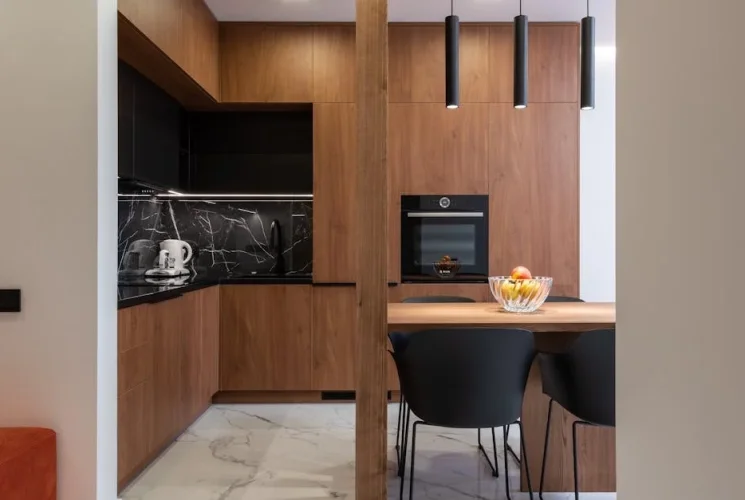
“What’s the future of the kitchen?”
If you’re watching the latest gadgets roll out of showrooms or hearing about an AI‑powered fridge that can order groceries while you’re still at work, it’s clear that the kitchen is turning into a high‑tech command center. The stakes are higher than ever: energy efficiency, sustainability, and instant gratification are the new home‑owner gold standards.
Smart kitchens 2025: The only way forward
In 2025, the average household will integrate a network of connected appliances that communicate with each other, your phone, and voice assistants. This ecosystem will shift how we cook, shop, and even think about food waste. From predictive maintenance to real‑time inventory tracking, tomorrow’s kitchen promises big savings—and a lot less hassle.
Smart refrigerators that monitor expiration dates, suggest recipes based on contents, and reorder essentials automatically will become mainstream. Brands like Samsung’s family hub and LG’s InstaView are already previewing integration that extends to ovens, dishwashers, and even pantry units. The result? A kitchen that “knows” what you need before you do.
Imagine coming home late, opening the fridge, and seeing on your phone a notification: “Your cheese is nearing its prime; here’s a recipe that starts in 15 minutes.” Within a few clicks, the smart oven pre‑heats, the induction cooktop grabs the right pan, and your groceries restock before you’re even aware of the empty shelf.
IoT sensors embedded in every appliance can detect wear and tear before a malfunction. Data analytics dashboards will send alerts to your phone, suggesting when to schedule repairs or auto-replace parts like dishwasher filters or refrigerator compressors.
The Bosch Home Connect system logs sensor data and, in collaboration with predictive algorithms, offers the user a maintenance warning three days before a typical failure mode. That proactive notice can save both cost and inconvenience.
Next‑gen appliances use machine learning to adjust power usage based on occupancy, time of day, and utility rates. Imagine your induction range flicking to a lower setting during peak hours because a smart meter signals high rates, all while maintaining cooking performance.
A mid‑town apartment in New York installed a Nest thermostat paired with a GE Smart Range. When their local utility sent a demand‑response signal, the oven automatically paused the roast, saved an estimated 30 kWh over the month, and the residents ended up paying a 15% lower electricity bill.
Voice assistants will not only receive commands but propose “playbooks” that lay out the entire cooking process. Scripts will be customized to skill levels, dietary restrictions, and real‑time inventory.
Callout line:
Say goodbye to the endless scrolling through recipe apps. Your voice—plus a few clicks—can orchestrate the whole culinary ritual.
With so many devices collecting data, 2025 kitchens must prioritize privacy. End‑to‑end encryption, local data processing, and user‑controlled data-sharing settings are becoming policy requirements rather than optional extras.
Always review the privacy policy before installing new smart appliances. Look for terms like “local processing” or “no cloud storage” if data security is a top concern.
| Category | Recommendation |
|---|---|
| Smart Fridge | Samsung Family Hub – multi‑touch screen, inventory AI |
| Smart Oven | GE Profile Smart Range – voice‑activated, remote pre‑heat |
| Energy Manager | Nest Learning Thermostat + Smart Home Energy Dashboard |
| Maintenance Alert | Bosch Home Connect – predictive analytics for major appliances |
| Voice Assistant | Amazon Alexa, Google Assistant – integrated with most major brands |
Takeaway:
By 2025, your kitchen will be more than a place to cook—it will be a proactive partner in your daily life. From autonomous inventory management to AI‑driven energy savings, smart kitchens promise to streamline routines, protect your wallet, and reduce food waste. Start by selecting a compatible hub, add a flagship appliance, and let the integration magic unfold. The future of cooking is here, and it’s talking—make sure you listen.
© Copyrights by Techflevo. All Rights Reserved.
Follow Me